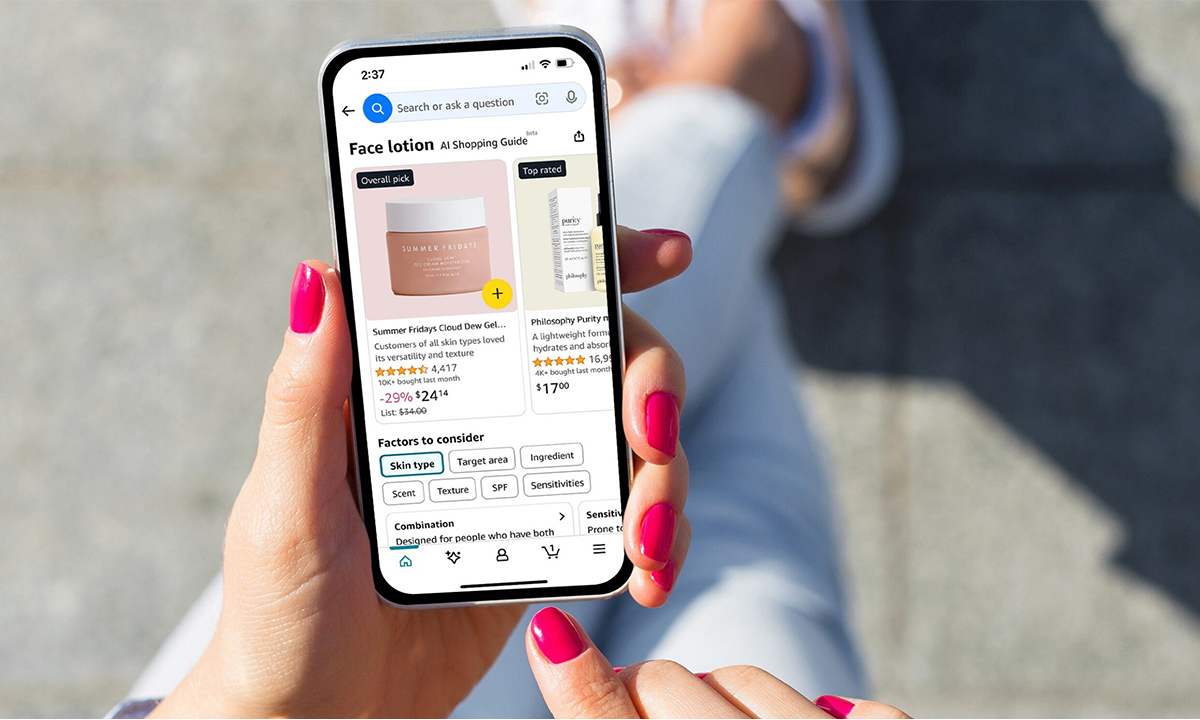Bussiness
A 49-year-old dermatologist has never used filler, despite industry pressure. Here are 3 ways she maintains glowy skin.
- Dr. Noreen Galaria, 49, is a dermatologist who offers filler treatments to clients to plump up skin.
- Galaria has never gotten filler herself, citing concerns about gradually overdoing it.
- Instead, she uses sunscreen, retinoids, antioxidants, and exercise to boost her skin’s collagen.
Filler injections are increasingly popular, with over 3.4 million treatments performed in the US in 2023. They’re often used to address antiaging concerns by plumping areas of the face that have lost collagen.
While she offers filler treatments to her clients, Dr. Noreen Galaria, a dermatologist in Virginia, has never used them herself. Galaria, 49, told BI that there is “a lot of pressure” in her industry to both use and provide filler injections, partly because they are less invasive than other options like facelifts.
“Having been in this industry for so long, I’ve seen a lot of people start to have ‘perception drift,'” she said, referring to a term in the dermatology world for when people gradually overdo filler without realizing it. “Even doctors are not immune to it.”
To keep her skin smooth and firm, she uses skincare products like sunscreen and retinol, incorporates antioxidants into her diet, and regularly works out.
She’s seen the bad side effects of filler
In her 23 years of dermatology practice, Galaria said that she’s seen filler change from a restorative treatment — adding volume to the face as it ages — to being used to reshape facial features.
“Filler was never really supposed to do the heavy lifting,” she said. Now, clients in their 20s request filler to remodel their jawline or give them poutier lips. The results can look cartoonish and lead to troublesome side effects, like filler migration.
When Galaria injects filler, she normally uses a maximum of one to two syringes about the amount of a “fat blueberry.” But she’s had an uptick of clients come in with 10 syringes worth of filler, asking her to dissolve it.
“There’s a little bit of filler fatigue,” she said, as more people turn to non-injectible skincare treatments.
She swears by sunscreen and retinoids
Galaria said that wearing daily sunscreen has helped her more than anything else. “The sun is responsible for 80% of our aging,” she said, with exposure to UV light causing elasticity loss, dark spots, and uneven skin tone.
“Imagine if you could just slow the aging that’s occurring rather than trying to constantly undo it,” she said.
She also uses tretinoin, a prescription retinoid that stimulates collagen production and is a staple of most antiaging skincare routines. In addition to building collagen, tretinoin can lighten dark spots, improve skin tone, and reduce acne.
For clients who are new to retinoids or prone to skin irritation, she usually recommends over-the-counter retinol before eventually switching to a prescription-strength formula.
She takes multiple forms of antioxidants
Antioxidants like vitamin C boost collagen production and lighten dark spots, so Galaria uses a vitamin C serum every morning after washing her face and before putting on sunscreen.
She also takes antioxidant supplements and incorporates antioxidants into her diet. “My lunch is always a smoothie that includes a lot of fresh foods and vegetables that are known to be good for your skin,” she said, including ginger, blueberries, pineapple, and seasonal fruit. She also adds a scoop of collagen, which may have additional skin benefits.
She works out a few times a week
Galaria exercises three to four times weekly, alternating between cardio and free weight training. “When you have better blood flow to your skin, you are going to flush out toxins better,” she said.
Strength training may be particularly helpful for maintaining glowy skin, she said.
From simple lifestyle changes and a consistent skincare routine, “I think you can really achieve a lot of success without having to necessarily feel pressure to choose fillers,” Galaria said.










